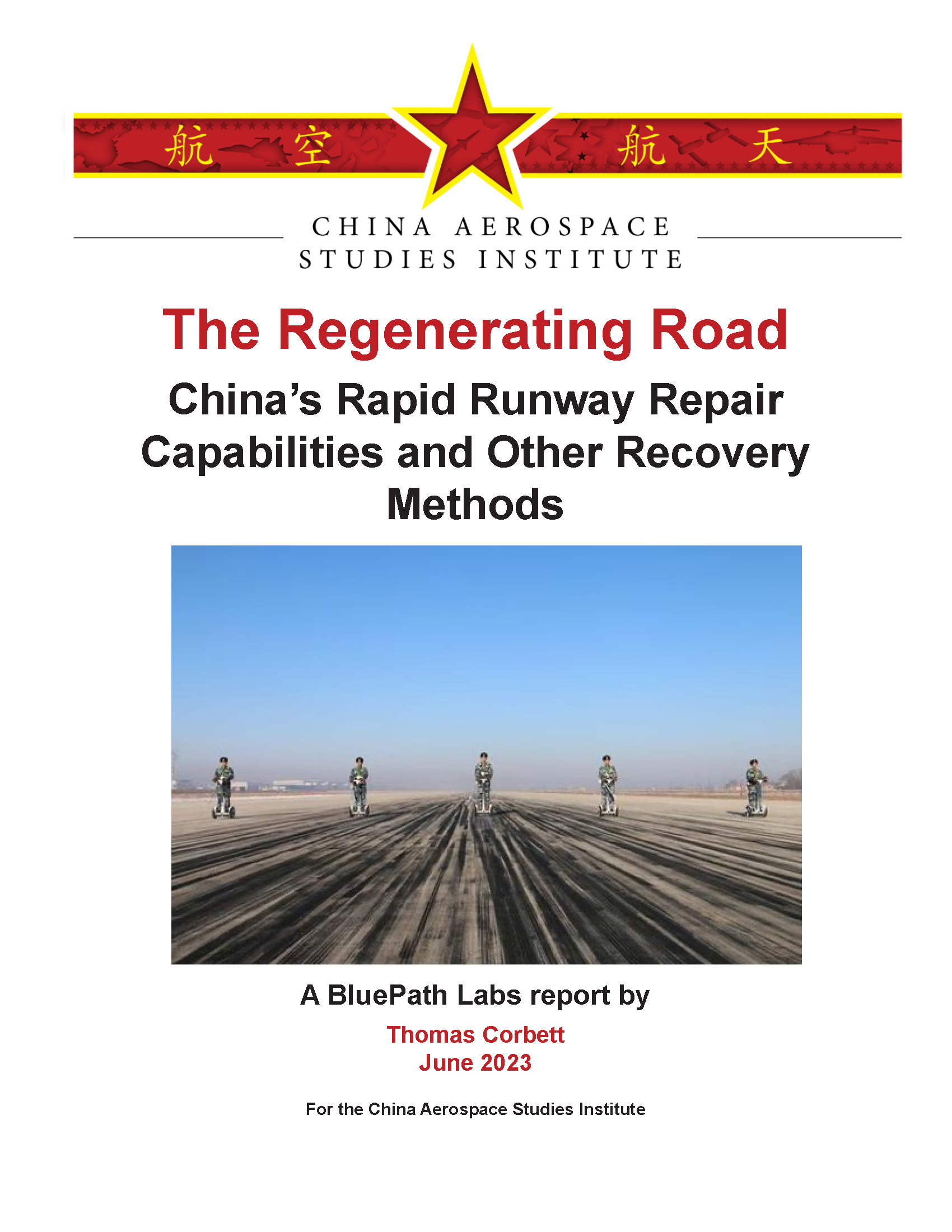This report addresses China’s rapid runway repair capabilities and other methods of restoring air operations
when faced with enemy assaults. If functionality is hindered, this will restrict the PLA’s ability to launch air operations
and respond to attacks from outside forces. Fixed and obvious runways present a clear area of vulnerability
to a country’s air power. Given the centrality of air superiority in modern conflicts in general and to U.S. military
doctrine specifically, it is important for a country to be able to weather an assault on an airfield and maintain rapid
response capabilities.
Observing U.S. actions during Operation Desert Storm, the PLA deduced that the initial stages of a conflict
would most likely involve attacks against its airfields to dampen its ability to respond to U.S. air power. Given the
proximity of multiple United States Air Force (USAF) airfields in Japan and South Korea, it is critical for China
to be able to quickly respond and contest the airspace over a potential area of conflict. If the PLA can repair damage
done to its runways or develop other methods of mitigating damage to airfields, this would both hinder U.S.
operations, which rely on air superiority, and draw important U.S. resources away from other areas of a conflict.
Thus, denying air superiority through resilient air facilities and rapid repair capabilities is a potentially potent tool
in the PLA’s arsenal.
With this in mind, the PLA is exploring numerous methods and techniques. Traditional runway repair methods
such as detecting and removing unexploded ordnance, cutting out and refilling damaged sections, and rapidly disposing
of foreign object debris are common training subjects. The PLA often includes local militia organizations
as a manner of reducing costs, fulfilling military-civil fusion obligations, and bringing in qualified personnel for
relatively simple tasks. Other more innovative methods under development include remote temporary basing and
shipboard landings at sea for PLA Army Aviation helicopters, and highway landings for PLA fixed-wing aircraft.
Click here for the full report
